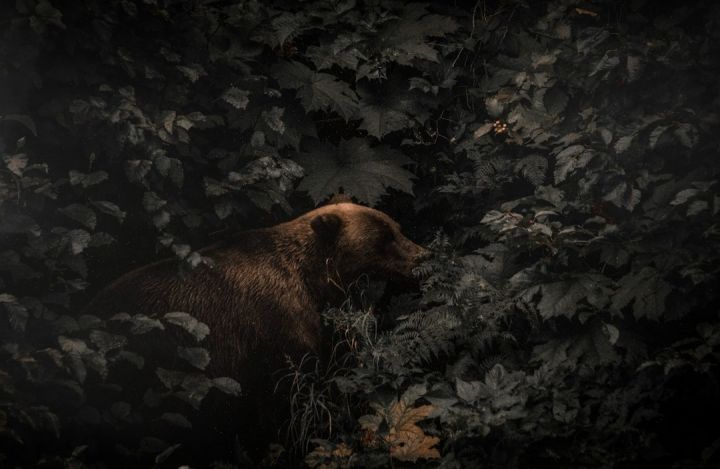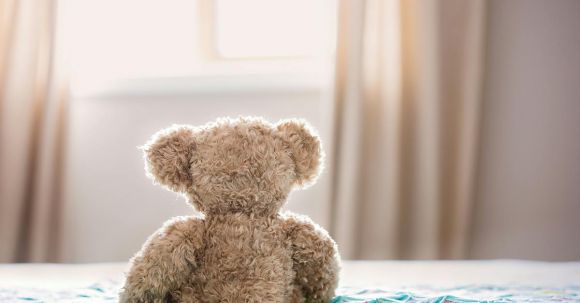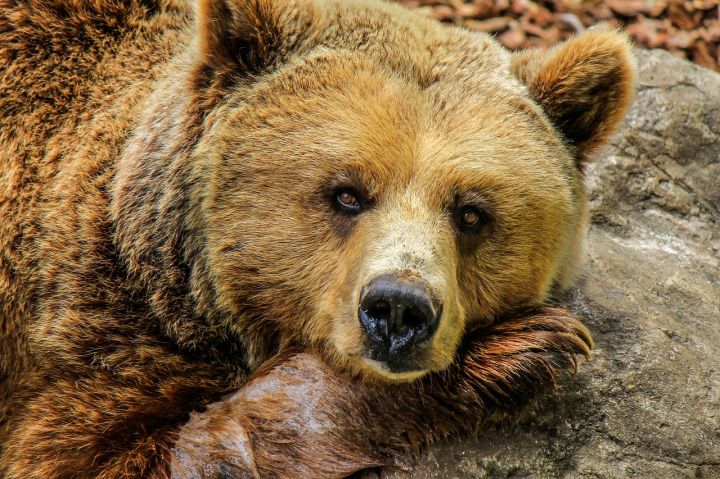What Triggers Bear Aggression?
Bears are magnificent creatures that evoke both fear and awe in people. While they are generally peaceful and prefer to avoid humans, there are instances when bears become aggressive. Understanding the triggers for bear aggression is crucial for both our safety and the preservation of these majestic animals.
Territoriality: Protecting their turf
One of the primary triggers for bear aggression is territoriality. Bears are highly territorial animals, and they are fiercely protective of their space. When they feel threatened or encroached upon, their natural instinct is to defend themselves and their territory. This can manifest as aggressive behavior, including charging, growling, and even attacking intruders.
Food competition: Hungry bears
Another significant trigger for bear aggression is food competition. Bears are omnivores and have a voracious appetite. When their food sources become scarce or when they come into close proximity with humans, they may become aggressive in their pursuit of sustenance. This is particularly true during times when their natural food sources, such as berries or fish, are limited, leading them to scavenge for human food or garbage.
Maternal instincts: Protecting their young
Bears are fiercely protective mothers, and the presence of cubs can trigger aggressive behavior. A mother bear will go to great lengths to ensure the safety of her offspring, and any perceived threat to her cubs can result in an aggressive response. It is important to give mother bears and their cubs a wide berth and avoid any actions that could be interpreted as a threat.
Surprise encounters: Startling a bear
Surprise encounters with bears can be dangerous, as they may perceive sudden movements or noises as threats. Bears have a keen sense of hearing and smell, but their eyesight is relatively poor. This means that they rely heavily on their other senses to detect potential dangers. If a bear is surprised or startled, it may react aggressively out of fear or self-defense.
Injury or illness: Bears in pain
In some cases, bears may display aggressive behavior due to injury or illness. When in pain or feeling vulnerable, bears may act defensively to protect themselves. It is important to remember that bears are wild animals, and any attempt to approach or interact with an injured bear can be extremely dangerous. If you encounter an injured bear, it is best to contact local wildlife authorities for assistance.
Human behavior: Provoking bears
While bears are generally peaceful creatures, human behavior can sometimes provoke aggressive responses. Feeding bears, approaching them too closely, or engaging in other reckless actions can lead to bear aggression. It is essential to respect bears’ space and observe them from a safe distance. By practicing responsible behavior in bear habitats, we can minimize the risk of triggering their aggression.
Conclusion: Coexistence is key
Understanding the triggers for bear aggression is vital for maintaining our safety and coexisting with these magnificent creatures. By respecting their territory, avoiding food competition, giving mother bears and their cubs space, and being mindful of our actions, we can minimize the likelihood of bear aggression. Remember, bears are a crucial part of our ecosystem, and it is our responsibility to ensure their preservation and our own safety through responsible behavior.






